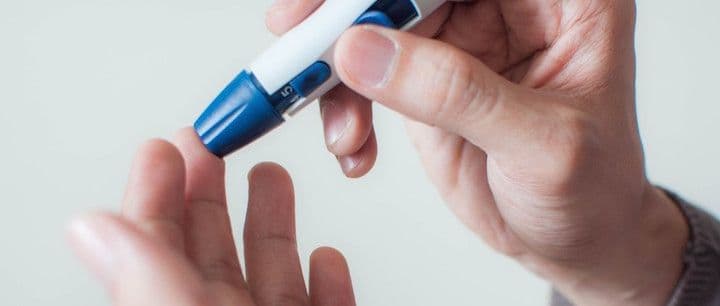The Best Type of Fiber for Reducing Diabetes Risk
Food and Nutrition
Obie Editorial Team

Let's talk about a game-changer in the realm of managing blood sugar levels: fiber. If you're aiming to keep your blood sugars steady and contribute to diabetes prevention, fiber is your secret weapon. There are two varieties of fiber that you need to embrace equally in your daily nutrition: insoluble and soluble fiber. Women should target an intake of 28 grams per day, while men should set their sights on 36 grams.
The spotlight, however, is on soluble fiber when looking at the prevention of type 2 diabetes. Scientific studies highlight the remarkable ability of soluble fibers such as barley or oat beta-glucans, guar gum, and psyllium to significantly slow down blood glucose and insulin responses post-meal. These fibers can be seamlessly integrated into your lifestyle via bars, beverages, bread, cereals, pasta, and crackers.
The empowering news for women who confront the risk of gestational diabetes includes the potential to lower this risk. Risk factors might consist of a family history of type 2 diabetes, past gestational diabetes, and being overweight. By committing to the daily recommended fiber intake and ensuring you opt for soluble fiber at every meal, you're taking concrete steps towards boosting glucose metabolism and enhancing insulin sensitivity.
Navigating Foods Rich in Soluble Fiber
Soluble fiber resides in foods like barley, oats, legumes, and root vegetables. This fiber type has an incredible ability to absorb water, leading to a more gel-like and viscous consistency in your stomach contents. This characteristic slows down the absorption of nutrients, such as sugars, into your bloodstream, preventing those sharp increases in blood sugar post-eating.
Also noteworthy is how soluble fiber is fermented in the colon, resulting in the creation of fatty acids, which may further support good glucose metabolism.
To get you started, here are some excellent sources of soluble fiber and their respective amounts per serving:
- ½ cup Black beans: 2.4 grams
- ¾ cup cooked oat bran: 2.2 grams
- ½ cup red kidney beans: 2.0 grams
- ½ cup Brussel Sprouts: 2.0 grams
- ½ cup Sweet Potato: 1.8 grams
- ½ small Mango: 1.7 grams
- ½ cup cooked barley: 0.8 grams
Source: Effects of Soluble Fibers on Glucose Metabolism and Insulin Sensitivity in Individuals at Risk for Type 2 Diabetes; James W. Anderson, MD; Lore Kolberg, MS, FRD; and Joy Frestedt, Ph.D. RAC, CCTI. Sports, Cardiovascular, and Wellness Nutrition, A Dietetic Practice Group of the Academy of Nutrition and Dietetics
Read More









